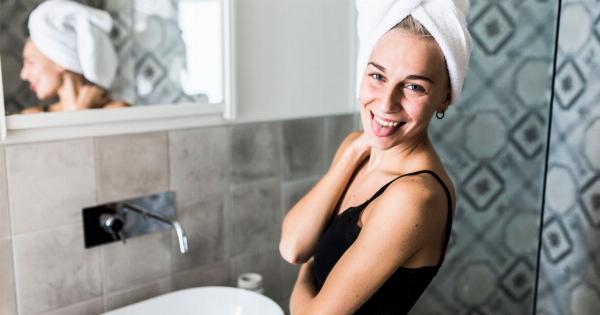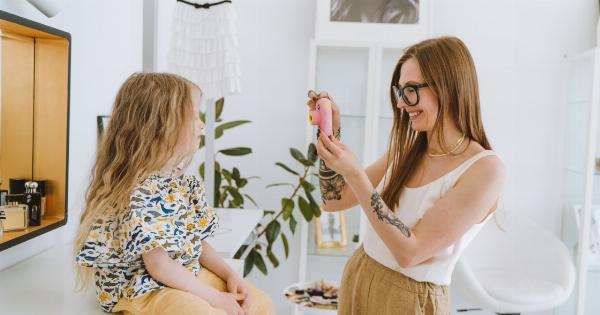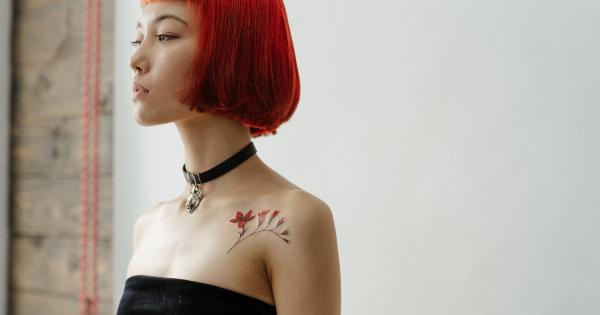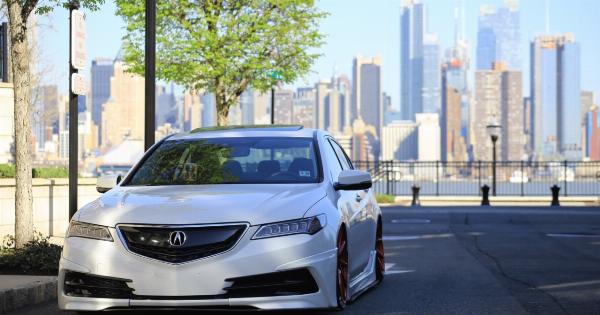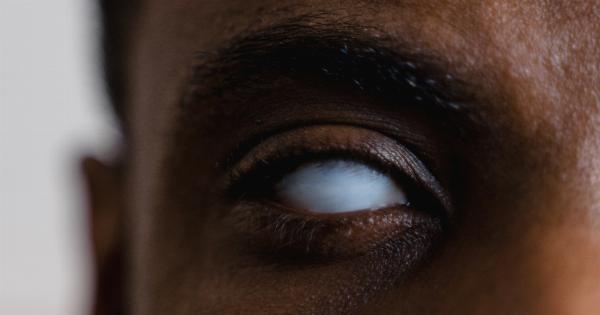Piercings have been a popular form of body modification for centuries. From ancient tribes to modern-day subcultures, people have adorned their bodies with various piercings to express their individuality and personal style.
If you’re considering getting a piercing, it’s essential to have the right information to ensure a safe and positive experience. This comprehensive guide will walk you through everything you need to know about piercings, from choosing the right type to aftercare tips.
Types of Piercings
There are numerous types of piercings that you can choose from, each with its own unique style and placement. Here are ten popular types of piercings:.
1. Earlobe Piercing
Earlobe piercings are the most common type and are typically the first choice for individuals new to piercing. This piercing involves making a hole in the fleshy part of the earlobe.
2. Cartilage Piercing
Cartilage piercings are done on the harder, upper part of the ear, known as the cartilage. This type of piercing offers a wide variety of options, such as helix, tragus, and conch piercings.
3. Nose Piercing
Nose piercings come in various forms, including nostril, septum, and bridge piercings. They have cultural significance and can add a touch of elegance to your face.
4. Lip Piercing
Lip piercings involve making holes on or around the lips. Labret, medusa, and Monroe piercings are some popular options. They can be striking and enhance your facial features.
5. Tongue Piercing
Tongue piercings are placed through the center of the tongue. This style of piercing may be more prone to infection or injury, so proper aftercare is crucial.
6. Eyebrow Piercing
Eyebrow piercings are placed horizontally across the eyebrow. They can be a bold and edgy choice for those looking for a unique piercing.
7. Navel Piercing
A navel piercing, also known as a belly button piercing, involves putting jewelry through the skin around the navel area. It’s a popular choice for highlighting the midriff.
8. Nipple Piercing
Nipple piercings are becoming increasingly popular, both for men and women. These piercings can be aesthetically pleasing and may enhance nipple sensitivity.
9. Genital Piercing
Genital piercings include a wide range of options for both males and females, such as Prince Albert, clitoral hood, and frenum piercings. These piercings are highly intimate and require meticulous care.
10. Surface Piercing
Surface piercings are placed just below the skin’s surface and can be done on various body parts, including the collarbone, wrist, or back. They may require extra care due to the higher risk of rejection.
Choosing a Piercing Studio and Piercer
Once you’ve decided on the type of piercing you want, it’s crucial to choose a reputable piercing studio and experienced piercer. Here are some factors to consider:.
1. Cleanliness and Sterilization
Make sure the studio follows strict hygiene practices. The piercing area should be clean, and all tools and jewelry should be properly sterilized.
2. Experience and Certification
Look for a piercer with experience in the specific type of piercing you desire. They should also be certified by recognized professional organizations.
3. Safe Piercing Techniques
Inquire about the techniques used. Needles are generally considered safer than piercing guns, as they cause less trauma to the tissue.
4. Portfolio and Reviews
Check the studio’s portfolio or ask for references and online reviews. This will give you an idea of the piercer’s skill and client satisfaction.
Piercing Process and Aftercare
On the day of your piercing, it’s normal to feel nervous. Here’s what you can expect during the piercing process:.
1. Consultation
Your piercer will discuss your chosen piercing, provide advice, and answer any questions or concerns you may have. They will also explain the aftercare process.
2. Preparation
The piercer will clean the area to be pierced and mark the exact spot to ensure proper placement. If needed, they may use a clamp to secure the area.
3. Piercing
The piercer will use a sterilized needle to create a hole for the jewelry. The process is often quick and relatively painless. They will then insert the chosen jewelry.
4. Aftercare
After the piercing, your piercer will provide detailed aftercare instructions. This will typically involve cleaning the piercing with a saline solution and avoiding irritants such as swimming pools or harsh soaps.
Common Aftercare Tips for All Piercings
While aftercare routines can vary based on the type of piercing, here are some general tips to promote healing:.
1. Cleanliness
Wash your hands thoroughly before touching the piercing. Clean the area gently with a saline solution or a mild, fragrance-free cleanser.
2. Avoid Irritants
Avoid swimming pools, hot tubs, and saunas during the initial healing period. Avoid using harsh soaps, alcohol, or hydrogen peroxide on the piercing.
3. Don’t Change Jewelry too Soon
Wait until the piercing is fully healed before switching out the jewelry. Premature jewelry changes can lead to infection or other complications.
4. Be Gentle
Avoid twisting or playing with the jewelry. Ensure clothing, hairstyles, or accessories don’t catch on the piercing.
5. Watch for Infection
Keep an eye out for signs of infection, such as excessive swelling, redness, pus, or prolonged pain. If you suspect an infection, seek professional advice promptly.
Final Thoughts
Piercings can be an exciting way to express yourself and enhance your appearance. By choosing a reputable piercer, following proper aftercare, and being attentive to your body’s signals, you can enjoy your new piercing safely.
Remember, if you have any concerns or experience any complications during the healing process, don’t hesitate to consult a professional. Happy piercing!.

